Back in 2002, we pitched the flagship of Jaguar’s S-type range – the new supercharged R version – against the E39 generation of BMW M5. After all, they had a lot in common. Both were rear-wheel-drive, V8-engined saloons that focused on mixing luxury with outright performance.
Predictably, the M5 fought off Jaguar’s upstart and we eventually proclaimed the BMW the “paragon of four-door performance motoring”. It was a close-run thing, though, with the Jaguar proving surprisingly capable. It offered more communicative steering than the M5 and was more refined, but the BMW had the edge on quality, interior space and outright talent.
These days, a decent E39 M5 will set you back £6000, and the potential for quite costly repairs or maintenance is quite high. A clean S-type R, meanwhile, will be only £4000.
“You’re basically getting a supercar for no money, really,” says Gary Robinson, owner of independent specialist Swallows Jaguar (swallowsjaguar.com, 01934 750319). “They’ve got fabulous power, lots of grip — everything, really.”
New, the Jaguar’s supercharged 4.2-litre V8 would have produced 395bhp and 399lb ft, allowing the 1800kg saloon to sprint to 60mph in 5.5sec. The top speed was limited to 155mph and, on average, the S-type R would burn a gallon of fuel every 20 miles.
“Mechanically, the engines and gearboxes are strong and the drivetrain’s very tough,” says Robinson. “One common flaw, though, is a water pipe underneath the supercharger failing.”
The pipe itself costs only £20, but it’s a lot of labour — the supercharger needs to be lifted — and costs can spiral because other minor parts might need to be replaced. “It’s about a day’s job, plus,” says Robinson, “so look carefully for any anti-freeze stains.”
Browse the PistonHeads classifieds for Jaguar S-types
The exhaust gas recirculation valves, which are difficult to get at, can also fail. Symptoms include ‘check engine’ lights, odd smells and exhaust leaks.
The sting in the Jaguar’s otherwise robust tail is corrosion. “The sills rust,” says Robinson. “They have a panel that covers the sill itself. It traps water and rusts the sill away. We once found a car that had nothing under the cover.”
This fault primarily affects the early cars but, in any instance, have a good look and probe around underneath, specifically around the seams and joins, for any sign of damage or loose sill covers.
Inside, the S-type R is relatively free from problems. The valves that control the heating and air-con system can play up, though, as can the electric window regulators. The interiors resist wear well, so any car that has suffered inside could have been clocked or neglected.
When buying an S-type R, the key thing is finding one that has been well maintained. “You need to see good history,” says Robinson. “They need regular oil changes, plugs every 30,000 miles and strong anti-freeze.”
A general service will cost only about £250 with genuine parts and is a good idea if there’s no evidence of one being done recently.
“The rear suspension arm bushes can wear, too,” says Robinson, “but you can buy the bushes on their own now, instead of having to replace the entire arm. They seem to be good for miles, though. We’ve got one with 137,000 on the clock and it’s as tight as you like.”
You’ll find very presentable examples of the S-type R on sale for £4000-£6000. “You’ll get a cracker for that money,” says Robinson. The only notable difference between the model years is that cars from late 2004 onwards got slightly different front-end styling and other minor cosmetic tweaks.
Various upgrades are also available, should you wish to eke a little more out of the Jaguar’s supercharged V8 — including different supercharger pulleys, sports exhausts and remaps.
“They can embarrass a lot of sports cars,” says Robinson, “but your mother-in-law can sit there quite happily and not realise the potential.”
Jaguar S-Type R problems:
DEBADGING It’s not uncommon to find S-type Rs that have had their badges and mesh grilles removed, making them look more like a conventional S-type. Replacing them all could cost £300.
TYRES Watch out for cheap ‘drift’ tyres. Jag specialist Gary Robinson recommends a reputable brand like Continental. Budget around £500 for a set.
HEADLIGHTS Inspect them to make sure that the lenses are clear and free from damage. “We have a lot of problems with plastic lenses that oxidise and go flat, but we are able to recover some of those by polishing them,” says Robinson.
DISC BRAKES They last well, but do check that there’s plenty of meat left on them. A set of four replacement discs and new pads will cost about £300 in parts alone.
GEOMETRY It’s worth getting any R to a specialist for a four-wheel alignment check. If the geometry is wrong, it’ll burn through tyres and not handle as it should. Get the wheels balanced at the same time.
Browse the PistonHeads classifieds for Jaguar S-types
Get the latest car news, reviews and galleries from Autocar direct to your inbox every week. Enter your email address below:

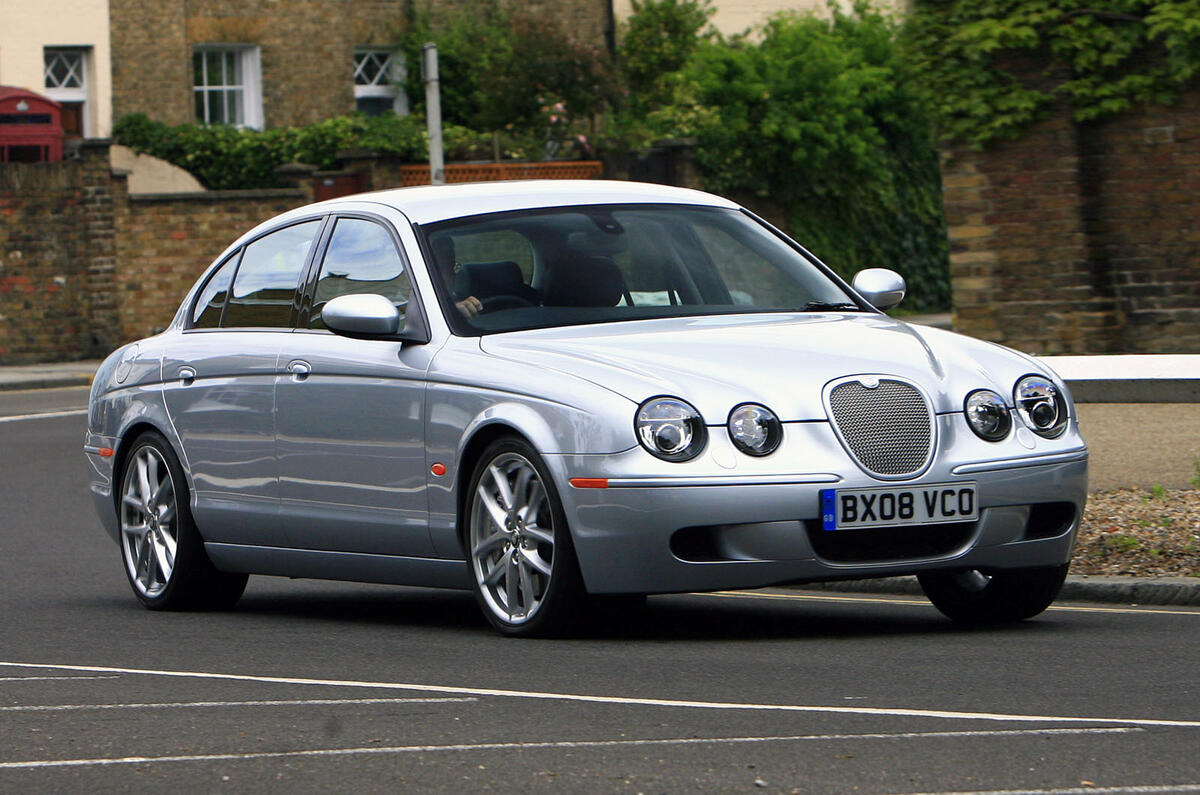

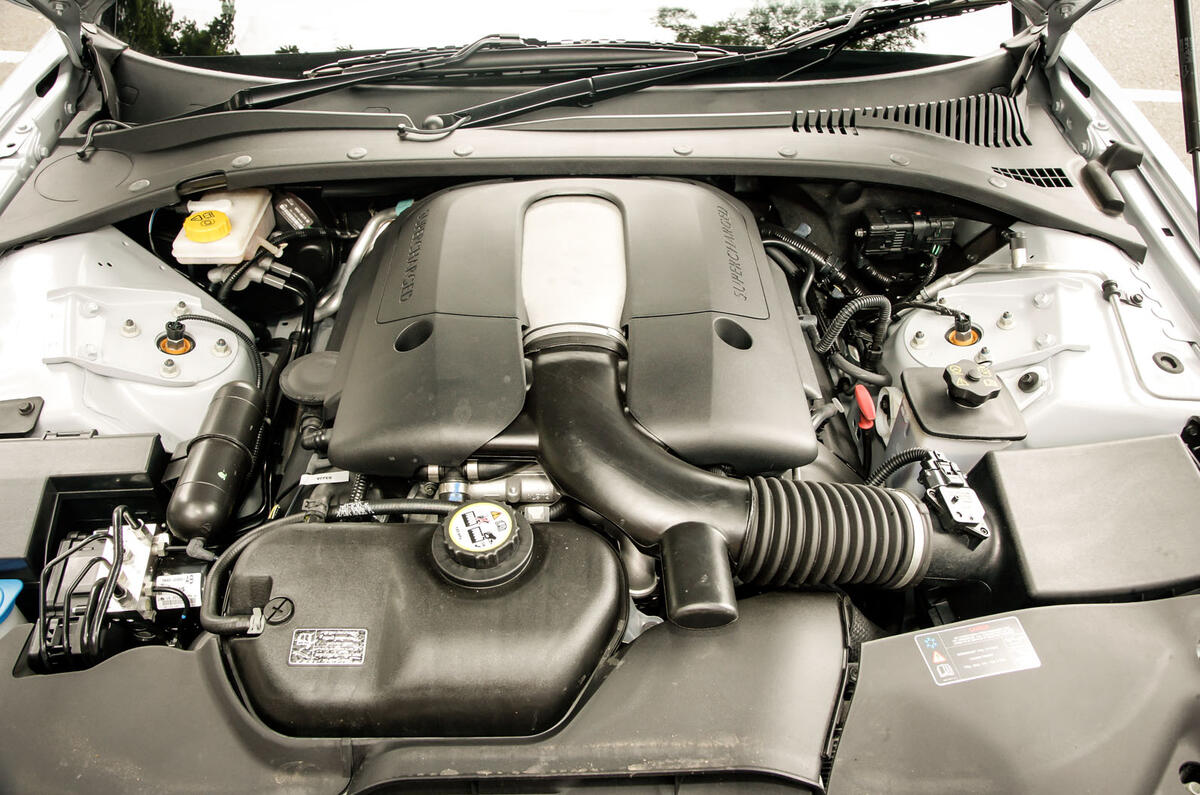
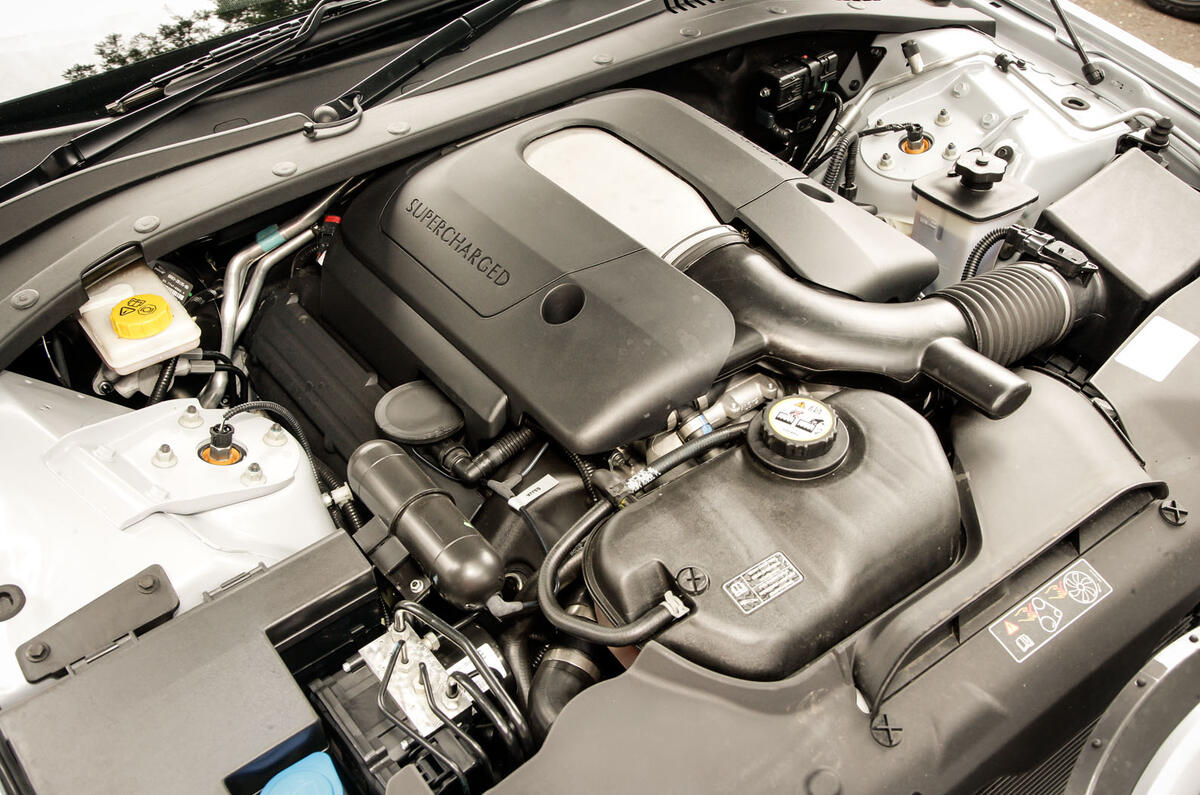
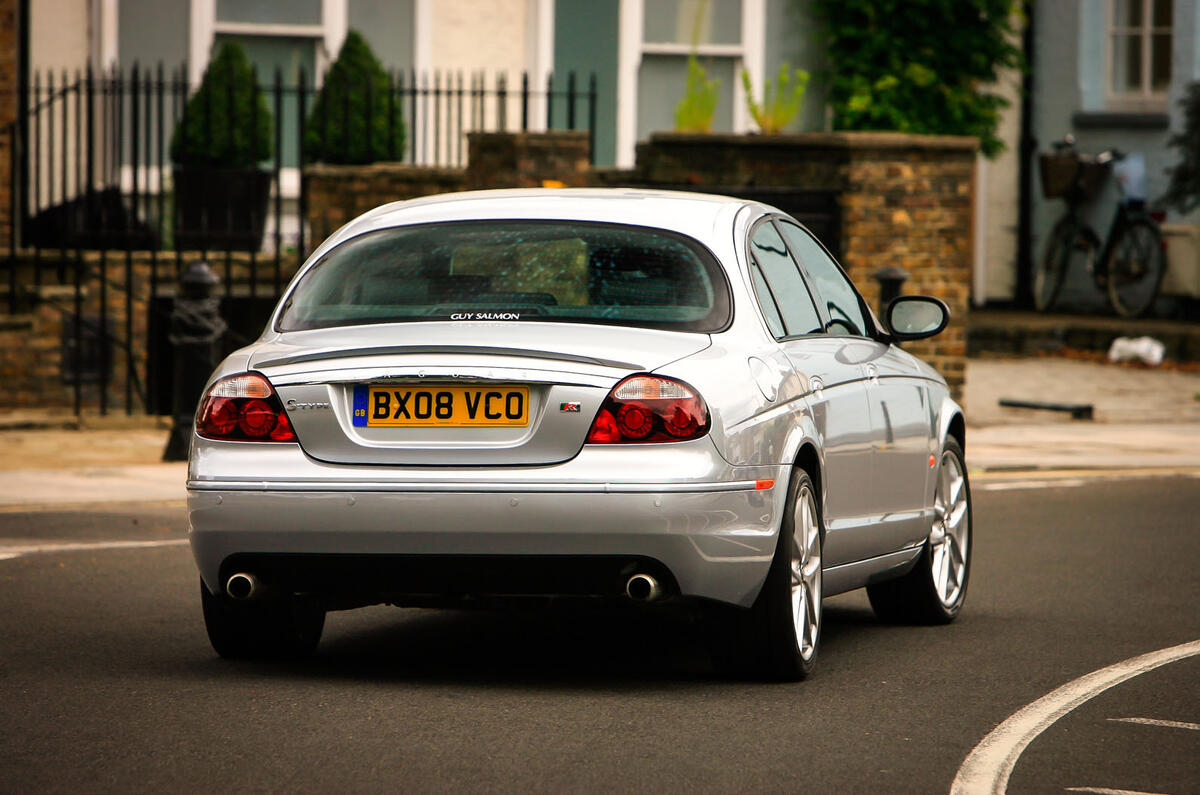
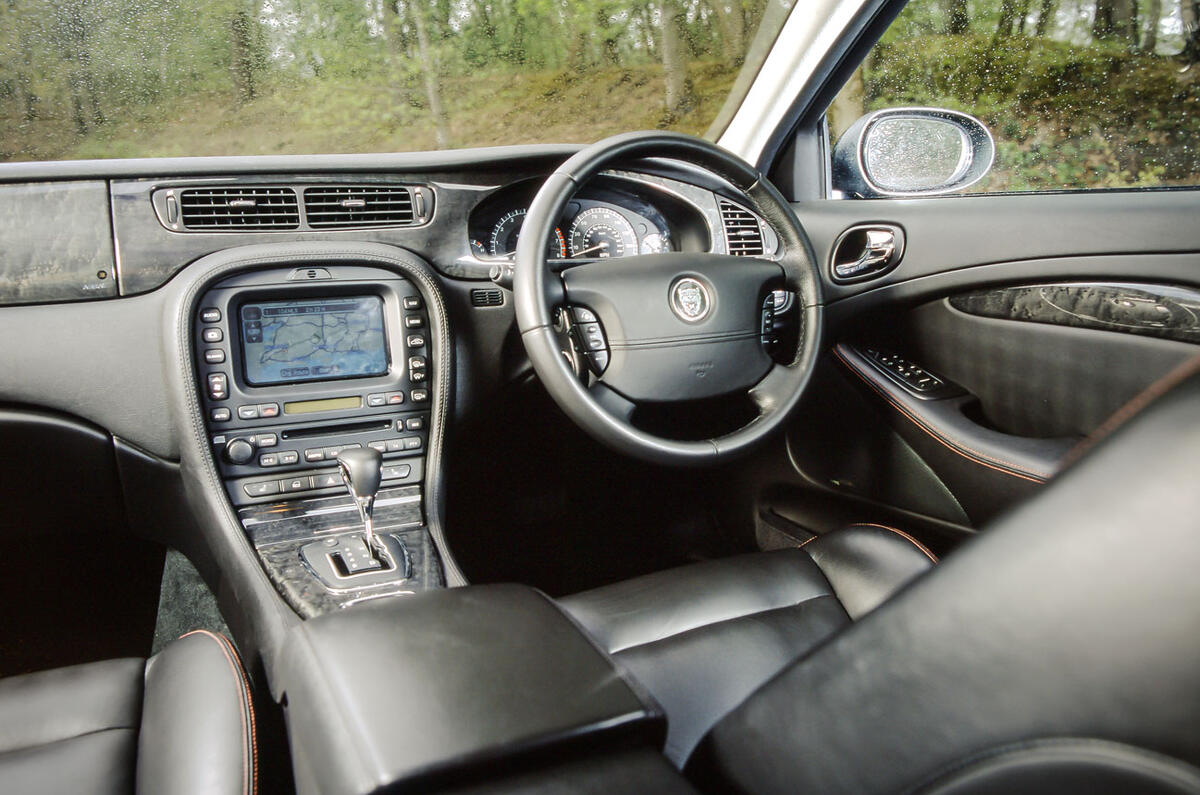
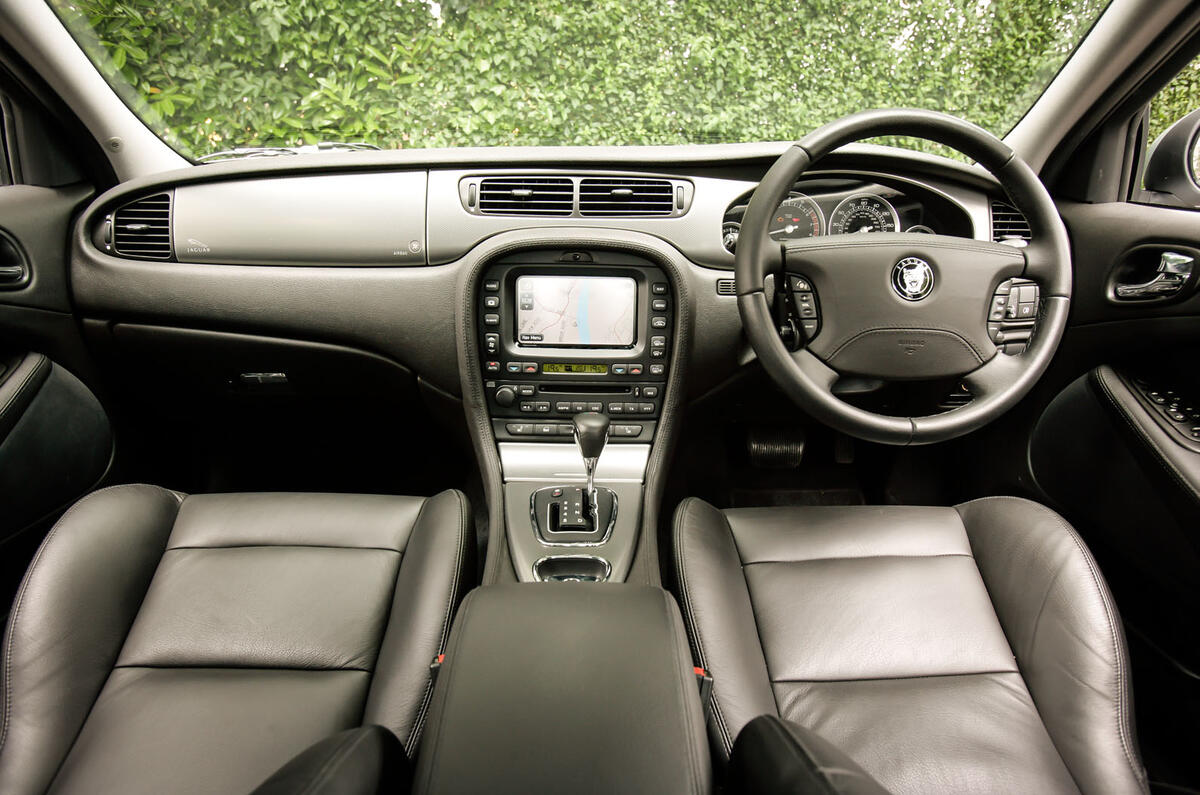
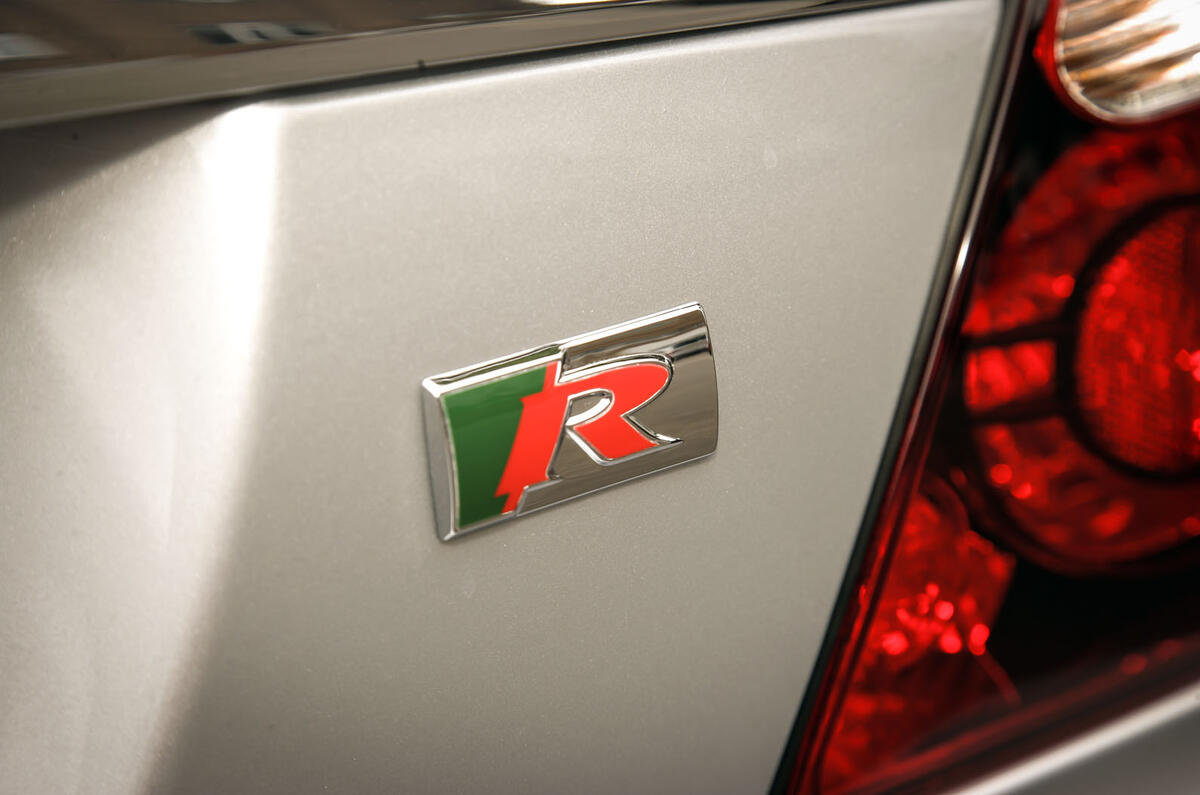
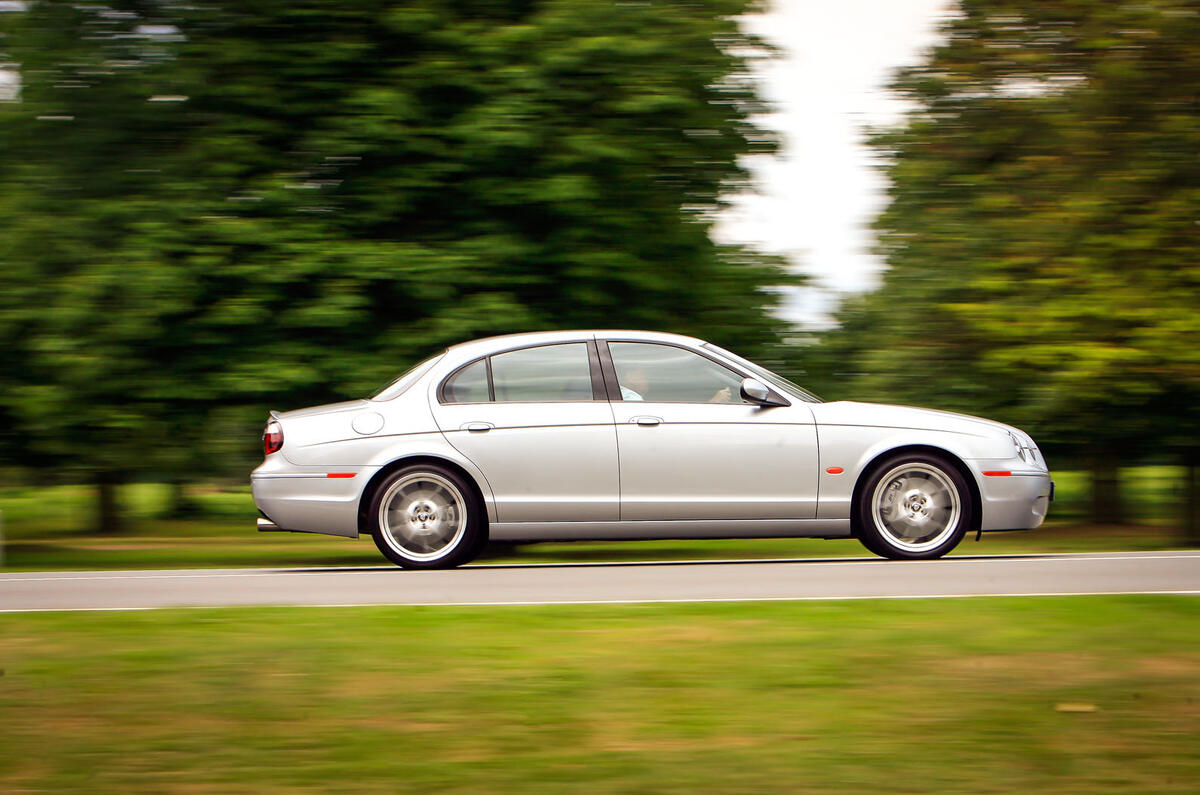

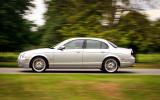
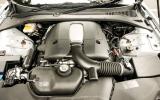
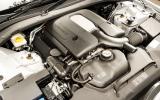

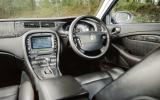

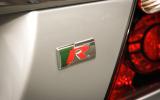
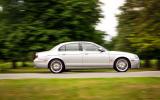


Add your comment
Mods
Still designing in rust traps???
- What an odd way to construct a modern(ish) car - I thought that most rust traps that used to be found in cars up to the 1980s had been designed out. I hope the later XF hasn't got a similar problem.
its a marmite car. you either